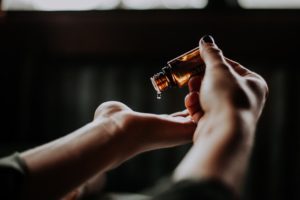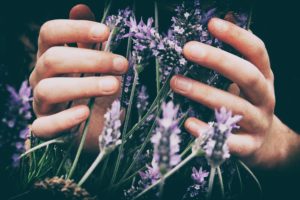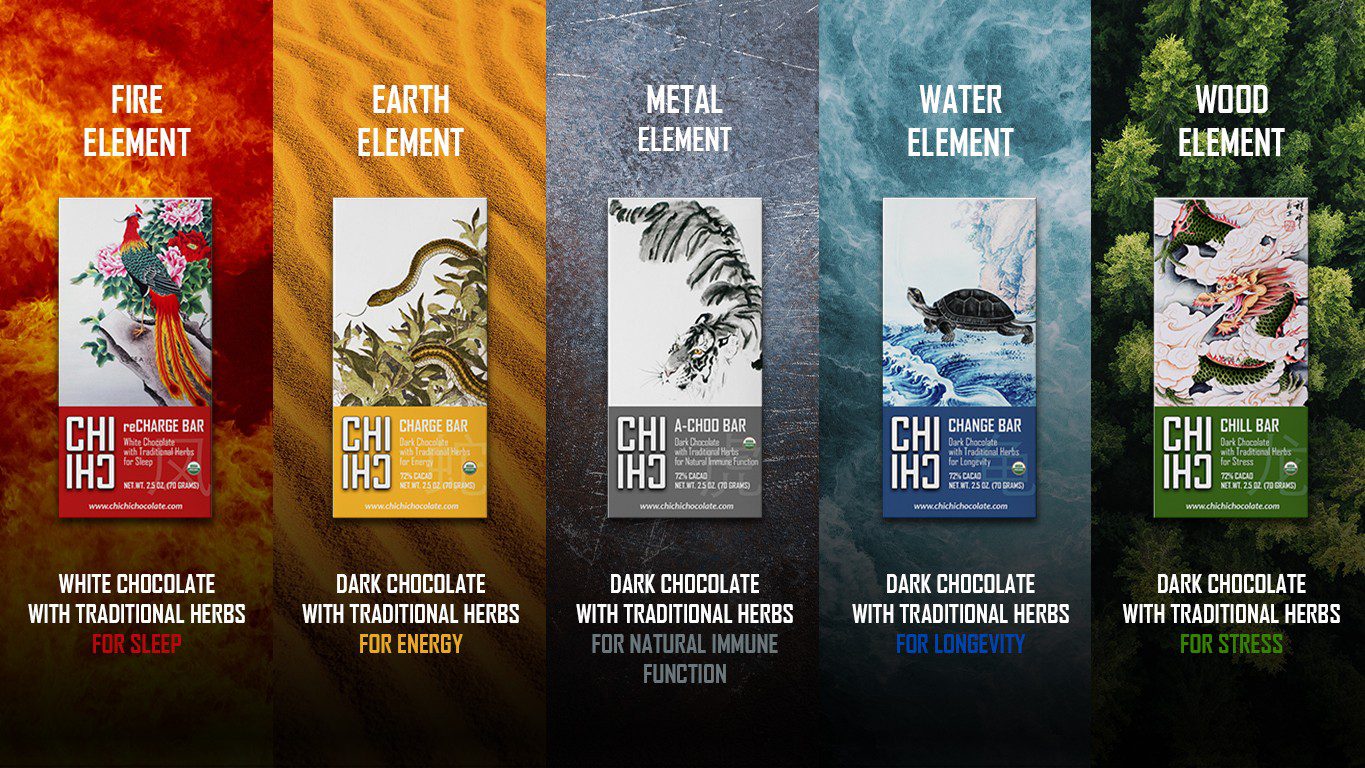What Is S.A.D or Seasonal Affective Disorder?
Seasonal Affective Disorder (S.A.D.) is a condition believed to be linked to a lack of sunlight where the individual experiences mood changes and emotions similar to depression. S.A.D. occurs mostly in the Fall and Winter months when there is less sunlight exposure.
It’s found that around 5 percent of people may experience S.A.D. lasting 40% of the year (especially in areas with less sunlight such as the Pacific Northwest and other Northern regions, like Vermont), and it is more common in women than in men.
 SYMPTOMS OF S.A.D.
SYMPTOMS OF S.A.D.
The most common symptom of SAD is a feeling of sadness or a depressed mood. Other symptoms may include any of the following:
• changes in appetite
• cravings for sweet & starchy foods
• fatigue and low energy
• depression/low mood
• social withdrawal
• decreased libido
• aches and pains
• irritation
• increased restlessness (such as pacing)
• difficulty focusing
Symptoms vary from person to person, but they can be severe enough to disrupt daily life. While SAD can be a frustrating condition, there are treatments and coping techniques available.
Here are some general guidelines that can help structure the treatments:
 ● Keep treatments simple by addressing the root of the disorder instead of treating symptoms.
● Keep treatments simple by addressing the root of the disorder instead of treating symptoms.
● Begin treatment at any time; however, the summer is ideal. By doing so, there is a good chance the practitioner can break up the cyclic pattern of symptoms so that they are reduced or even eliminated before the problematic seasons arrive.
● Treat the patient 1-2 times a week, depending upon which interval works best for them and in light of the degree of their symptoms.
METHODS TO REDUCE SAD
Light therapy: This involves daily exposure to a full-spectrum light that duplicates natural sunlight. When used regularly throughout the winter months, light therapy has been shown to reduce symptoms in 70 percent of S.A.D. sufferers. Please note that light therapy is different than tanning in a tanning bed.
Psychotherapy: Working with a counselor to learn to navigate negative thoughts and behaviors can be beneficial.
Exercise: As a natural antidepressant, exercise may alleviate some of the symptoms of S.A.D. Try swimming, biking, lifting weights, yoga, or just walking outside.
Acupuncture: Acupuncture can work to rebalance the body’s Qi, relieve your symptoms, and reduce stress.
Medication: Antidepressant medications are a common treatment, but it should be noted that these medications often have side effects. There are also many natural and effective approaches available to combat SAD if over-the-counter medications aren’t something you want to start with.
Aromatherapy for S.A.D.
 Another way to combat the depressive symptoms of SAD relies on herbs. Using aromatherapy for depression is a natural way to combat negative thoughts and promote relaxation. Many essential oils have calming or energizing properties that can benefit your mind. While not medically proven to cure the condition of depression, aromatherapy can be part of a holistic approach to mental wellness. Mixing up a few simple recipes can help elevate your spirits.
Another way to combat the depressive symptoms of SAD relies on herbs. Using aromatherapy for depression is a natural way to combat negative thoughts and promote relaxation. Many essential oils have calming or energizing properties that can benefit your mind. While not medically proven to cure the condition of depression, aromatherapy can be part of a holistic approach to mental wellness. Mixing up a few simple recipes can help elevate your spirits.
COMMON ESSENTIAL OILS IN AROMATHERAPY RECIPES FOR S.A.D.
 On her website, AromaWeb, Wendy Robbins, who holds an American College of Healthcare Sciences Certificate in Aromatherapy, recommends essential oils for depression, along with several recipes:
On her website, AromaWeb, Wendy Robbins, who holds an American College of Healthcare Sciences Certificate in Aromatherapy, recommends essential oils for depression, along with several recipes:
- Bergamot (uplifting, soothing)
- Clary Sage (euphoric, relaxing)
- Frankincense (calming)
- Grapefruit (awakening, motivating)
- Jasmine (comforting, uplifting)
- Lavender (balancing, relaxing)
- Lemon (revitalizing, cleansing)
- Neroli (peaceful, soothing)
- Orange (calming, uplifting)
- Rose (calming, uplifting)
- Sandalwood (comforting, relaxing)
- Ylang Ylang (balancing, uplifting)
MIXING AND STORING AROMATHERAPY BLENDS
Aromatherapy recipes involve mixing drops of essential oils with a carrier oil, such as almond, olive or jojoba. To reap the most benefits, store your blends in dark-colored glass bottles in a cool place away from the light.
SANDALWOOD/ROSE/ORANGE AROMATHERAPY DIFFUSER OIL FOR DEPRESSION
- In a glass bottle, combine 12 drops of sandalwood oil, four drops of rose oil and four drops of orange oil.
- Gently roll the bottle to mix.
- Place drops of the mixture in an aromatherapy diffuser to fill your room with the scent.
LAVENDER/ROSE/BERGAMOT AROMATHERAPY MASSAGE OIL FOR DEPRESSION
- Combine one ounce of jojoba oil with three ounces of almond oil.
- Add 20 ounces of lavender oil, 10 drops of rose oil and 10 drops of bergamot oil.
- Mix well.
CLARY SAGE/BERGAMOT AROMATHERAPY BATH SALTS FOR DEPRESSION
- Add eight drops of clary sage oil and 12 drops of bergamot oil to three cups of sea salt.
- Mix well in a bowl, adding one tablespoon of a carrier oil for moisture.
- Store in a jar with a snug lid.






